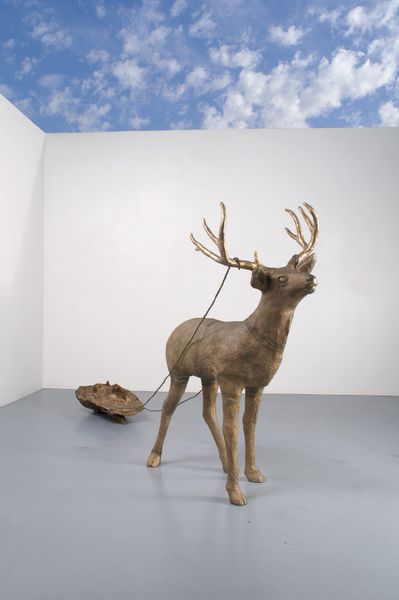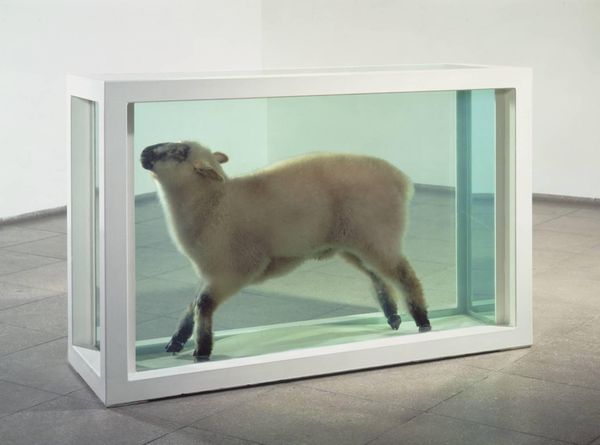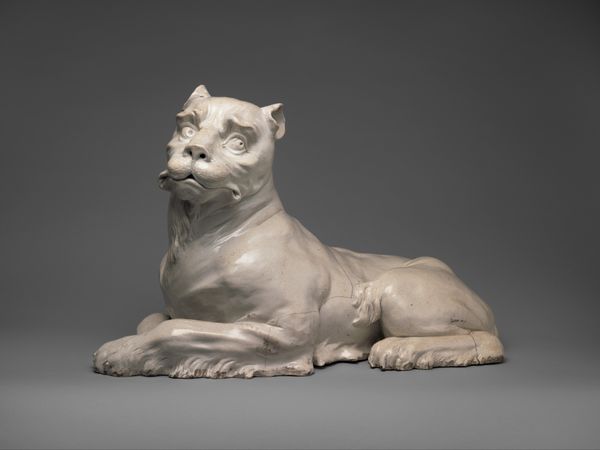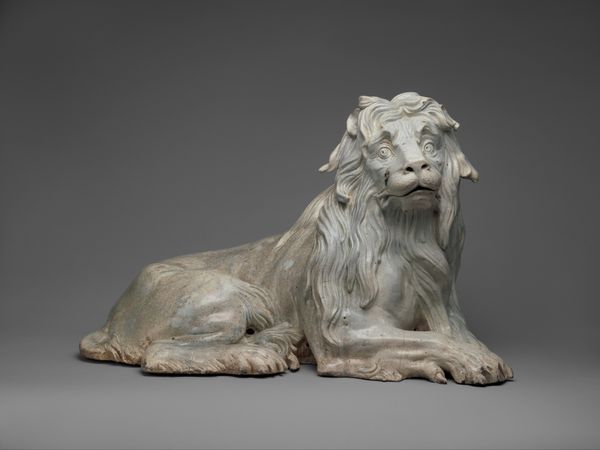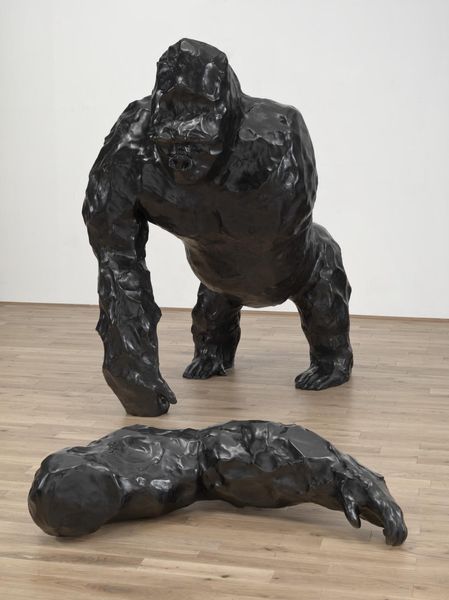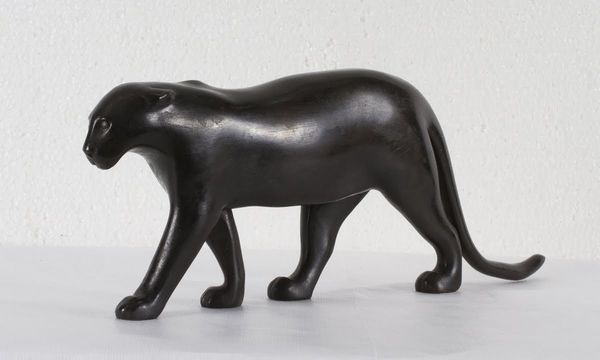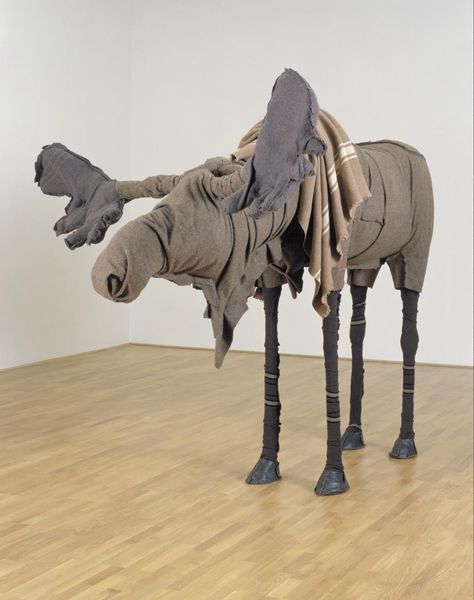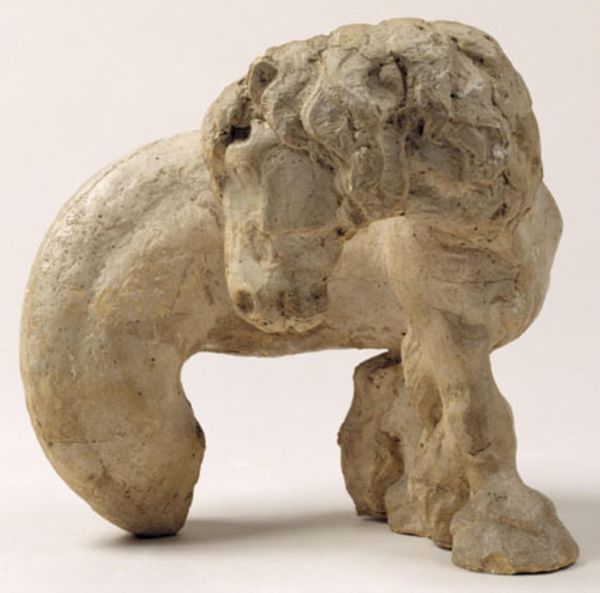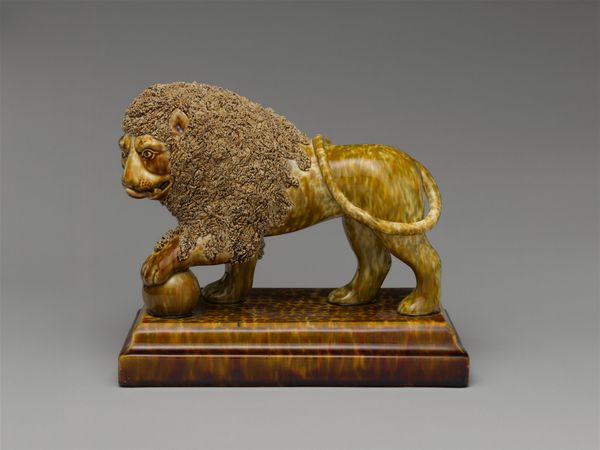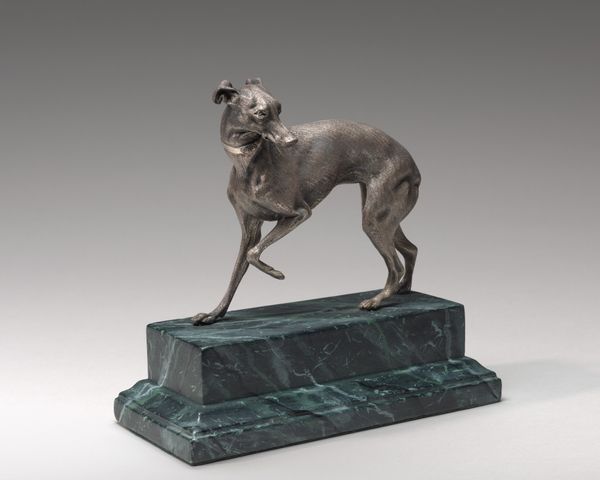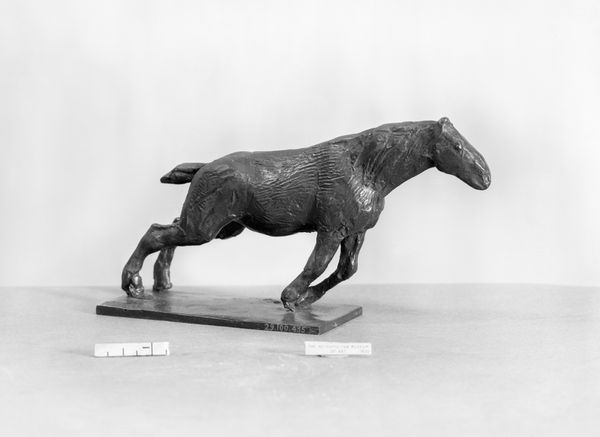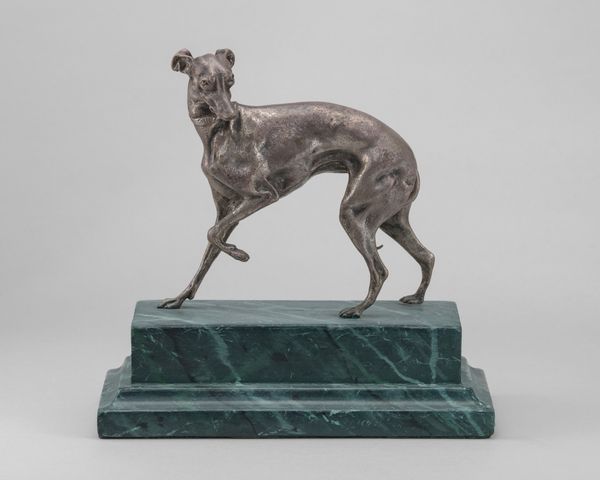
found-object, sculpture, site-specific, installation-art
#
contemporary
#
found-object
#
figuration
#
sculpture
#
site-specific
#
installation-art
#
realism
Copyright: Ayse Erkmen,Fair Use
Curator: Ayşe Erkmen’s "Kuckuck," created in 2003, presents a rather uncanny encounter using taxidermied animals within the gallery space. What strikes you initially? Editor: The animals’ immobility contrasted with their lifelike appearance feels immediately jarring. There’s an unsettling tension, heightened by the artifice of the plinths and their gallery setting. Curator: Exactly. Erkmen frequently uses found objects to reframe spaces and challenge expectations. Thinking about material reality, it is about questioning how these animals become objects for display. Editor: It also plays with the idea of labour, too; how did these animals move from the wild, through the hands of the taxidermist and finally onto a gallery display? What kind of craft, skill, and probably questionable morals, underpinned this entire process? Curator: In relation to institutional critique, where might our contemporary understanding of such animals and their symbolic presence inside the sanitized gallery lead? Do the traditional power dynamics get a subversion or reinforcement? Editor: I think it's both. Displaying them suggests a kind of domination, yet Erkmen also calls attention to the artificiality of this "natural" history, by revealing its staged production. She’s subtly exposing how such displays historically supported colonial narratives of control. Curator: Which extends to the gendered violence inflicted upon women of color whose bodies and agency have often been likened to animalistic behavior—"beasts of burden"—through racializing power dynamics across colonialism's ongoing legacies. The animals are not simply what they seem here; there’s layered commentary. Editor: Precisely, a visual statement of material conditions reflecting our contemporary social landscape as well as the conditions from which these animals—literally—were placed here. We’re prompted to unpack complex narratives. Curator: Erkmen has left us much to consider around identity, power, display, and context—themes ripe for continual discussion today. Editor: Absolutely. Looking at the piece with process and extraction in mind allows another path of discussion regarding animal treatment, taxidermy, labor, and even consumption under late-stage capitalism.
Comments
No comments
Be the first to comment and join the conversation on the ultimate creative platform.

